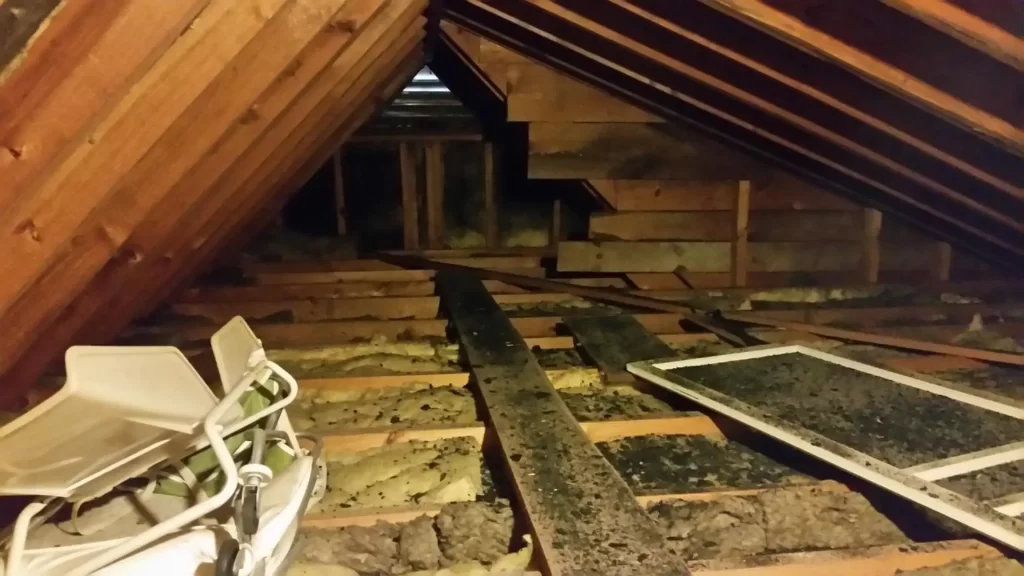It is estimated that rats and mice contaminate at least 20 percent of food worldwide each year. These pests seem unstoppable in their search for food and shelter. However, the safest and most efficient strategy to avoid them is the creation of physical barriers that prevent access. Especially in environments where there is food, once the rodents are inside, it is already too late.
Close the passage to rats and mice: exclusion as a safe and efficient strategy
Pest control The ability of rodents to contaminate food resources on a large scale is due, in part, to their habit of nibbling here and there, so that they come into contact with much more food than they actually consume.
In addition, in a single year, a rat can despise more than half a million hairs on its body, and a mouse produces up to 18,000 feces.
And, in that same year, a pair of rats can produce more than 1,200 descendants, which in three years can transform into millions of descendants. Rats and mice have been linked to health problems such as asthma and the transmission of diseases such as hantavirus, leptospirosis, salmonellosis, murine typhus and even bubonic plague.
These are just some of the disturbing facts that highlight the importance of preventing infestations before they occur. Once the rodents are inside, it is already too late.
Exclusion: physical barriers against rodents
Especially in the food environment, the use of rodenticide biocides can be complex and limited, since these products should not be stored in a way that can cause food contamination or the creation of unhealthy conditions.
A safe and effective option, which can reduce or eliminate the need to apply rodenticides, is the exclusion or method of creating physical barriers to avoid pests, in this case rodents can access the interior of buildings.
Exclusion is essential for food security. Plain and simple, rodents must be kept out. But, the matter is not easy at all, since rats and mice are relentless in their search for food and shelter.
A mouse can pass through an opening the size of a 2-cent euro coin and a rat through a 50-cent coin. To which it should be added that rats have the ability to successfully gnaw plastic, wood, aluminum, brick, cement and even lead. Without forgetting that they can climb wires and rough surfaces, swim considerable distances and step on water for several days, which conversions into a respectable enemy.
Be careful with the doors
Access points inside the building are not difficult for rodents to find. The most obvious, and therefore the most critical when it comes to protecting, are the exterior doors. Without a good exclusion strategy, rats and mice will simply enter through the door, compromising food security.
Personnel doors, garage doors and loading dock doors are risk areas. The exterior doors should remain closed whenever possible, and in the case of wooden doors, an iron sheet protector should be installed on the base, as they are likely to be gnawed.
The space under the exterior doors is a very common access point, so there should not be more than half a centimeter. It is wrong to think that rubber or standard bristle gaskets are specific to protect this area against rodents. Even the smallest of them can gnaw through a rubber or bristle sweep over the course of a single night.
Metal closures represent a much greater obstacle for rats and mice but, attention, because over time they can soften and deform, leaving gaps that can serve as access.
There are also specialized rodent-proof weatherstrips, which are a key exclusion tool. This type of closure has reinforced rubber gaskets, lined with a fabric composed of a mixture of stainless steel and polyester fiber.
Rodent-proof weatherstrips should be installed on all dock levelers, garage doors and overhead doors. At the dock doors, the side seals are also important because rodents will not stop at the obstacle at the bottom.
A simple method to test the vulnerability of a door frame can be used at night. With the room or warehouse lights on, we can verify if some light escapes around the door frame. Conclusion: if light can go out, pests can come in.

